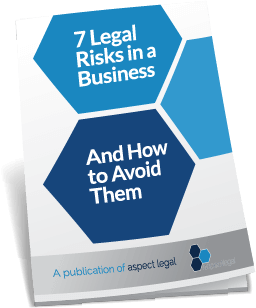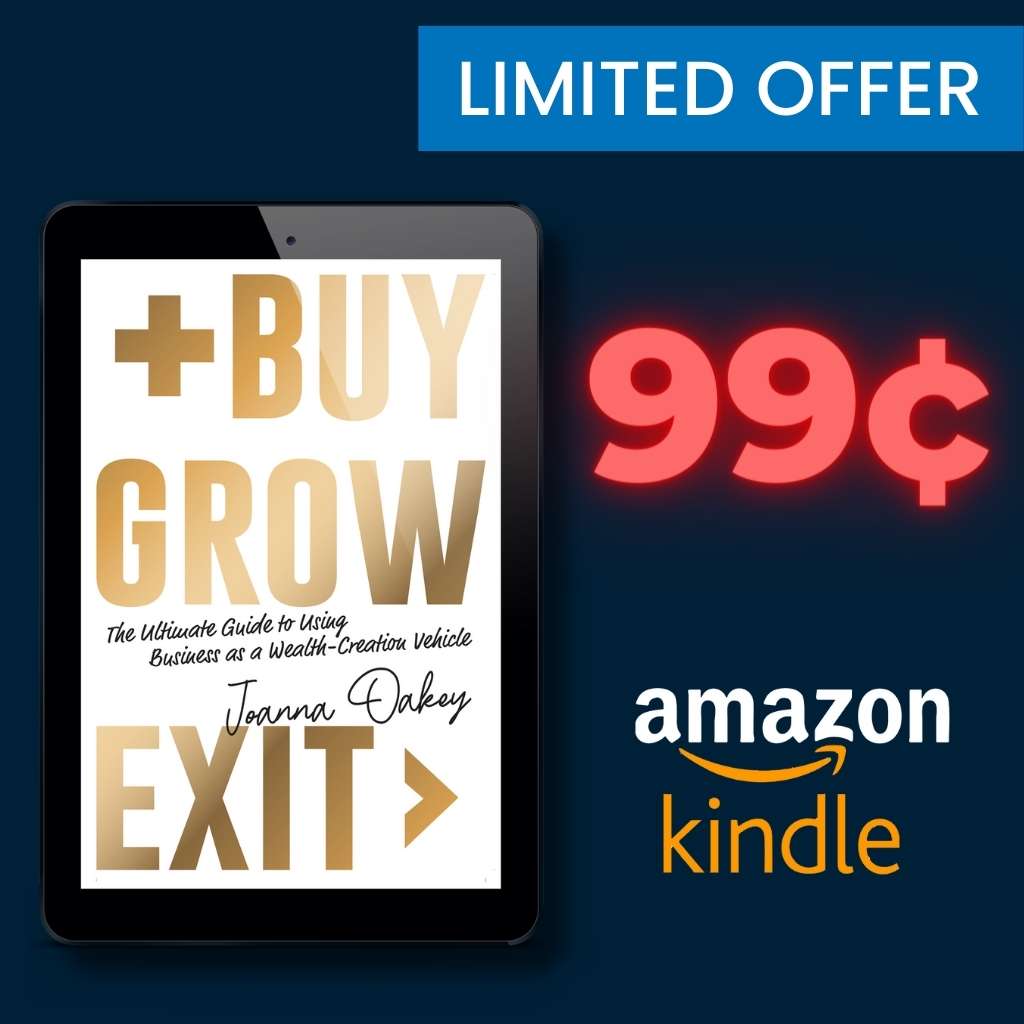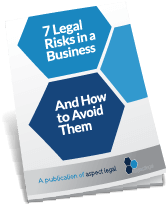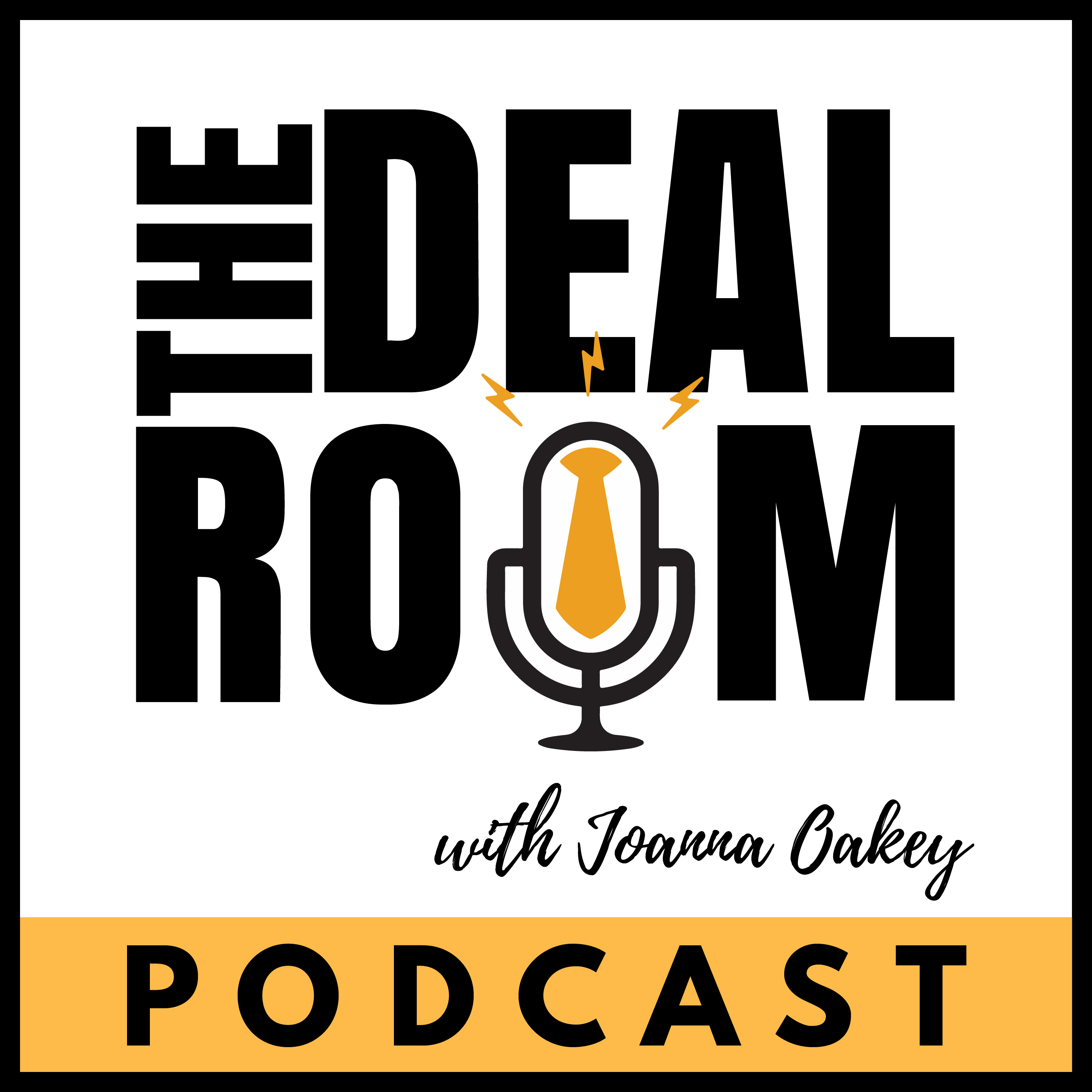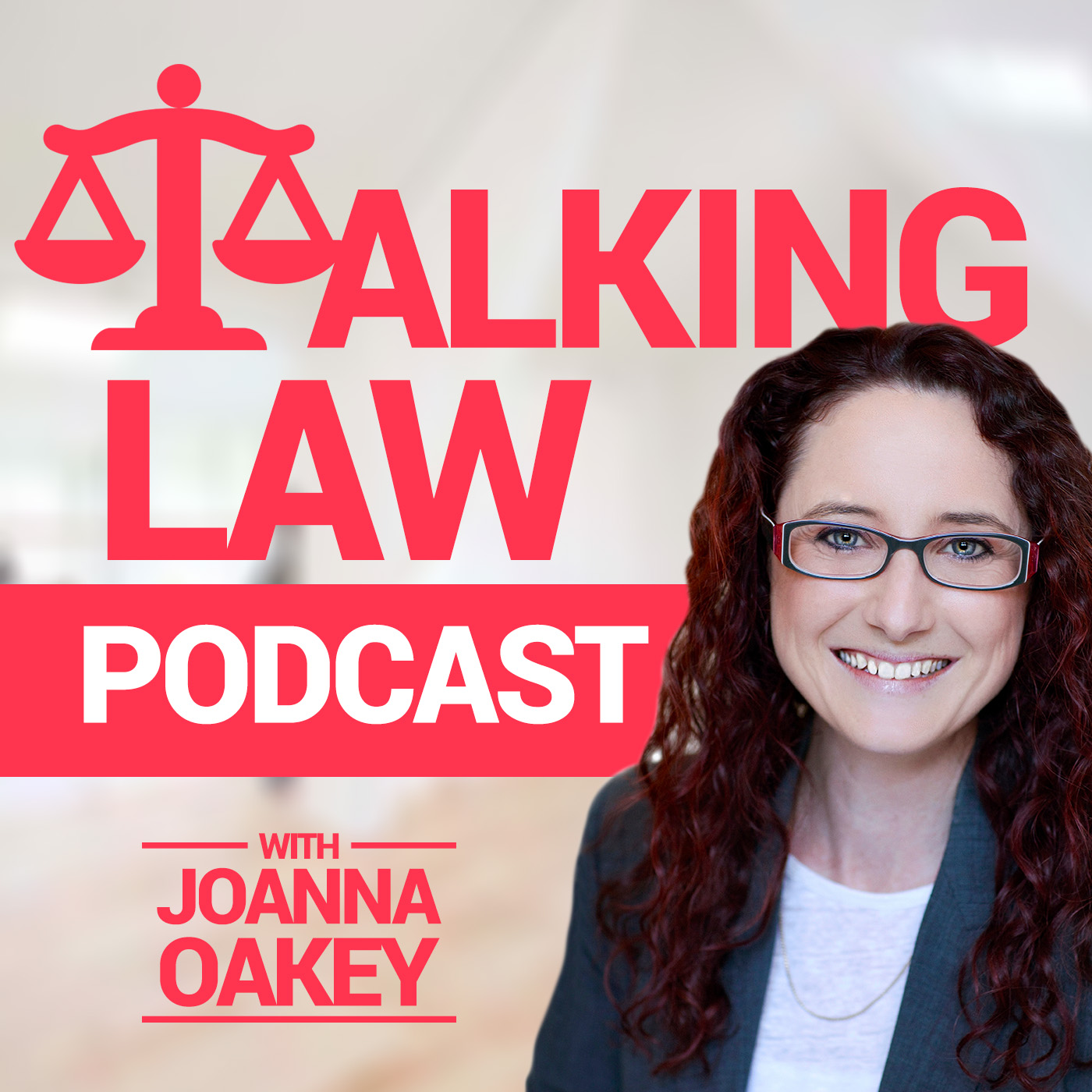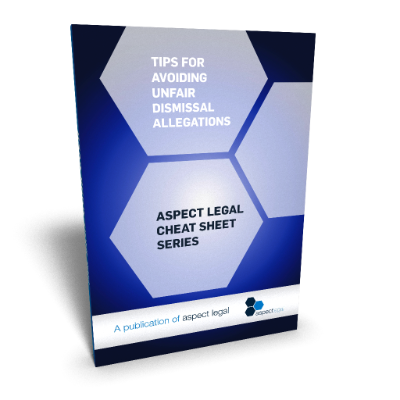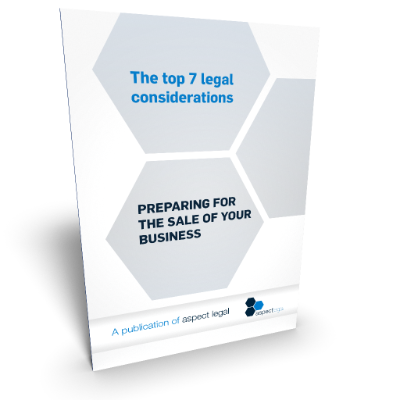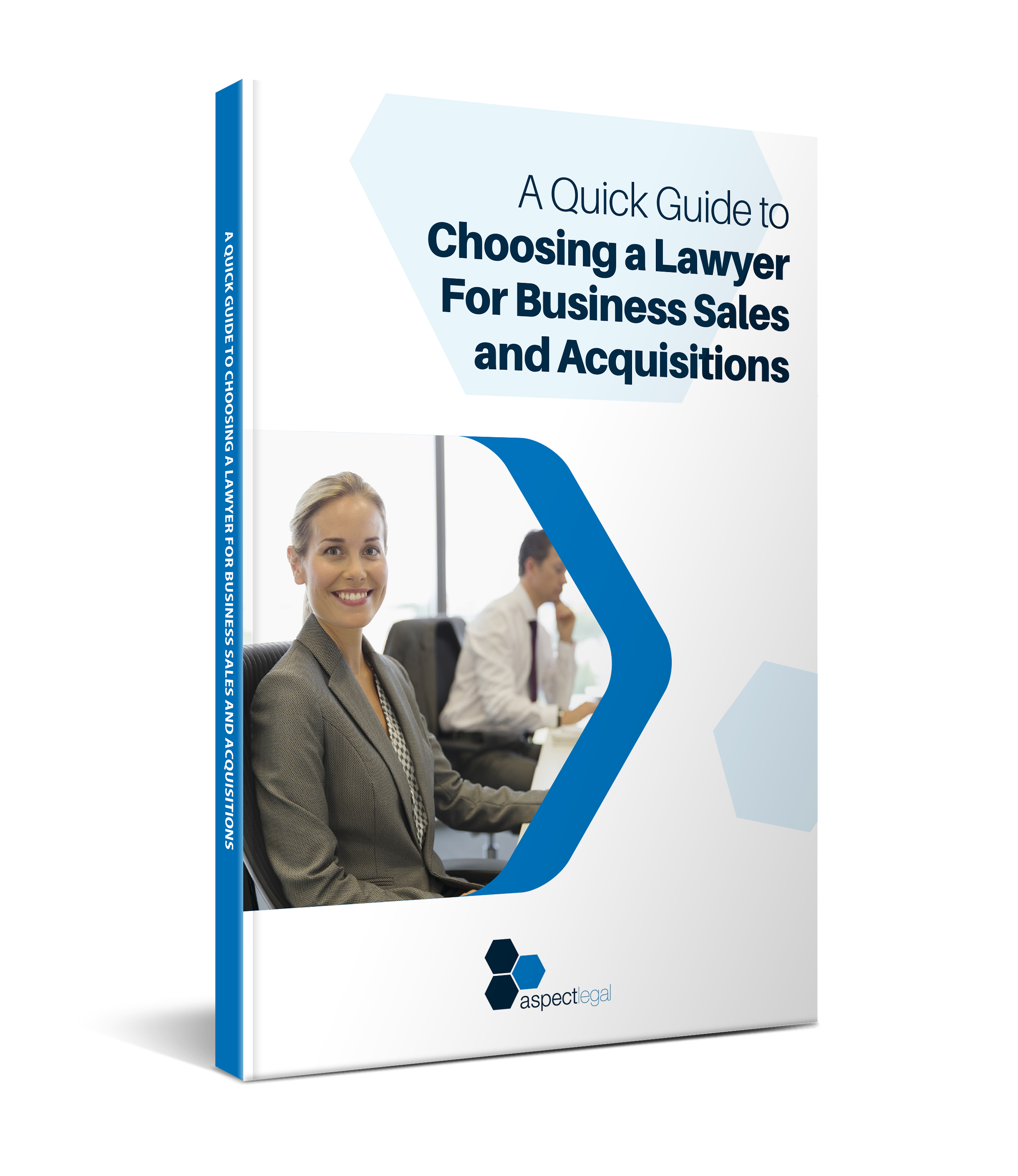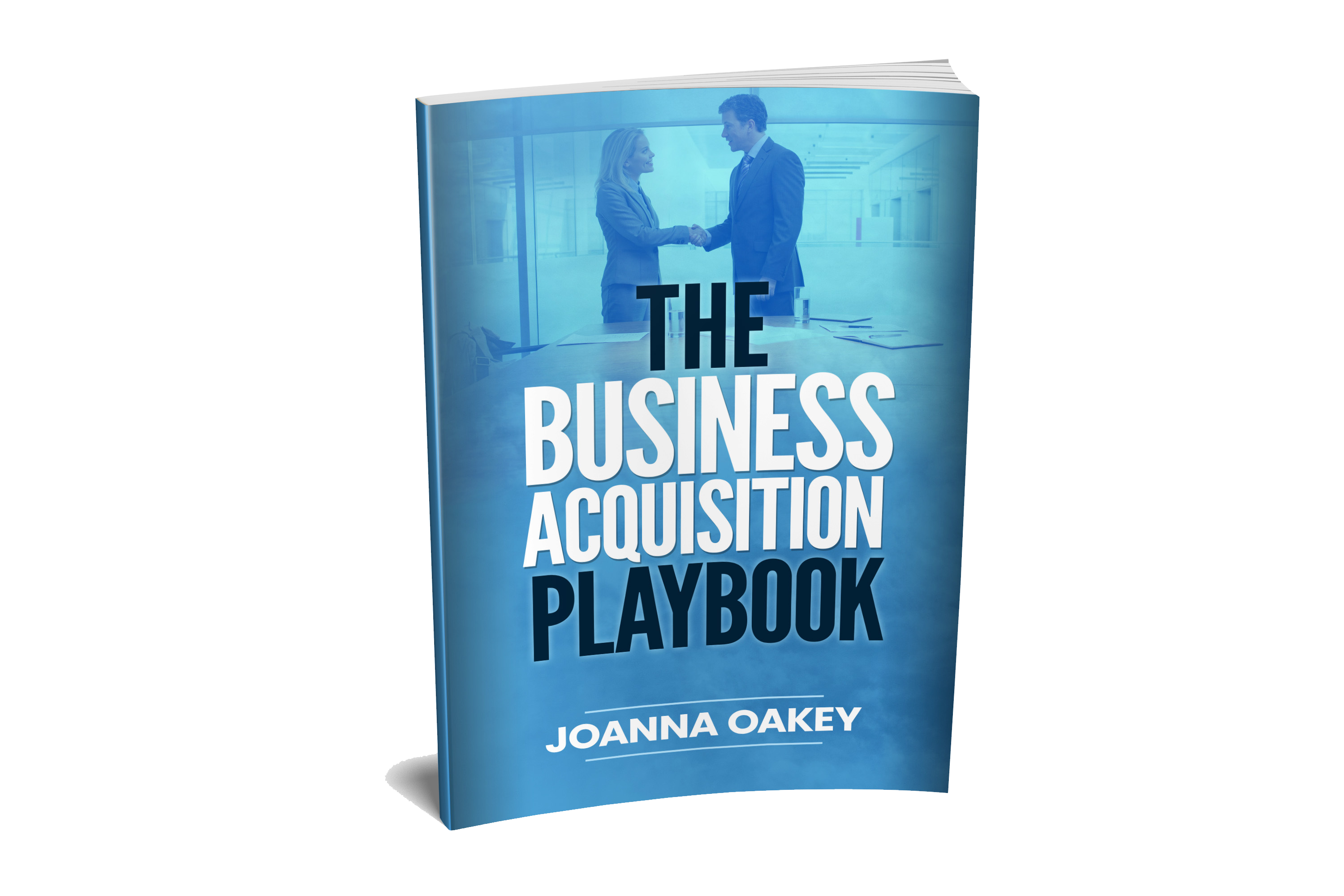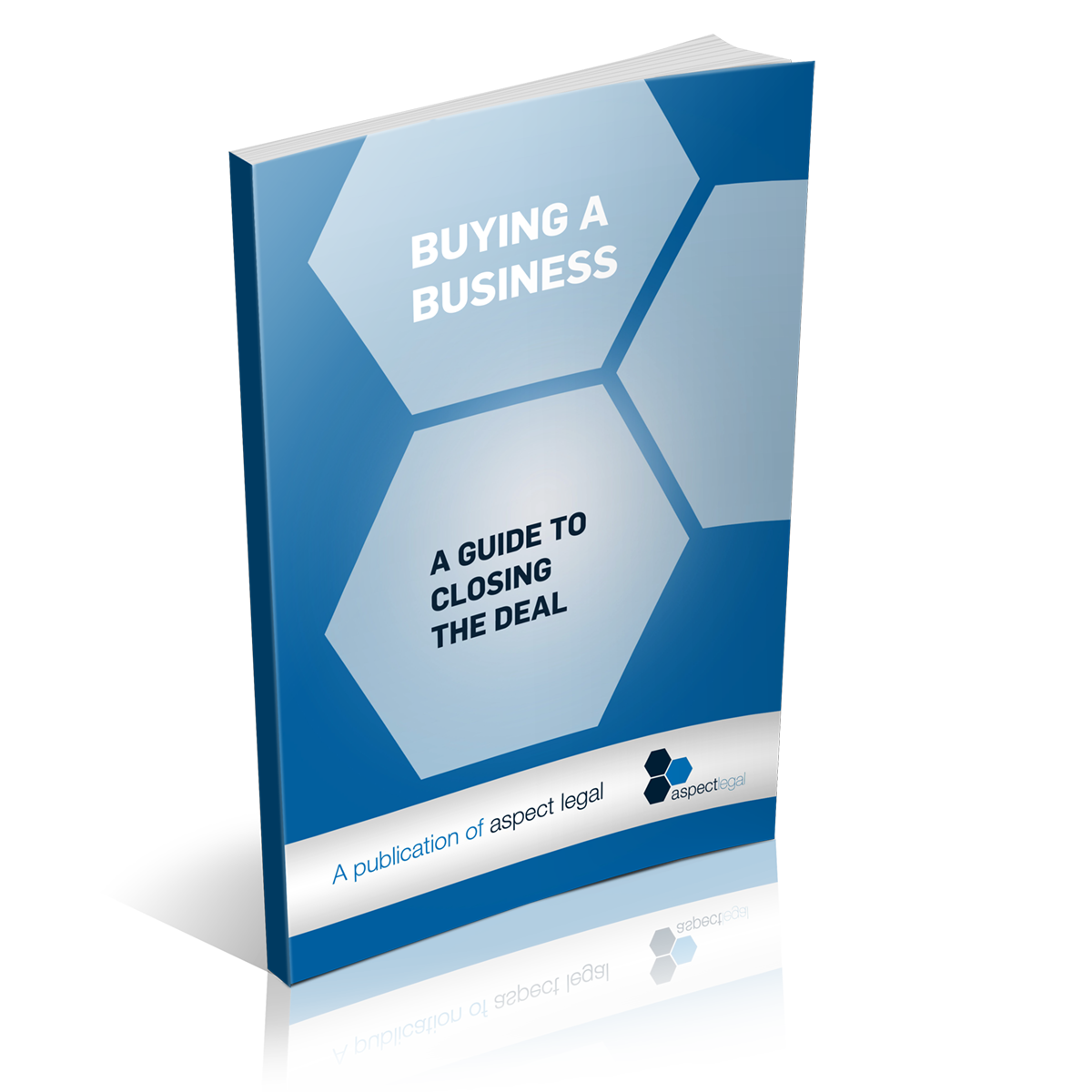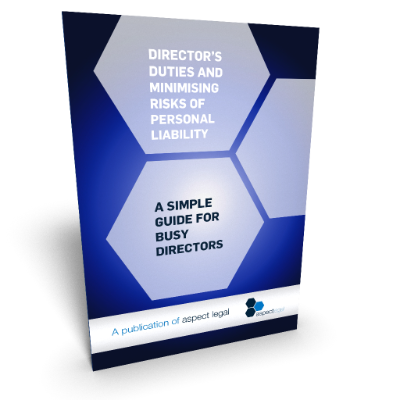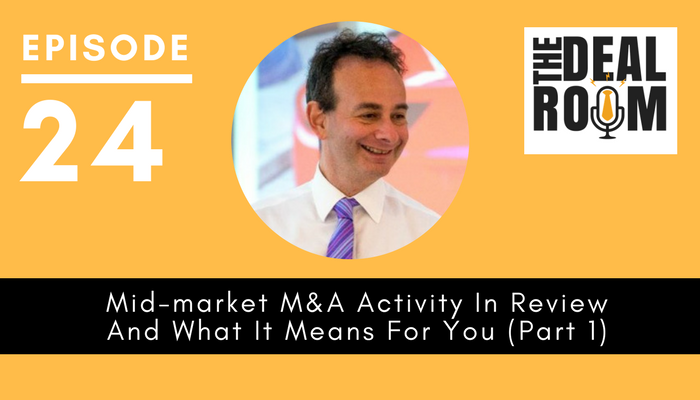
Welcome to part one of a fascinating two-part series with Mark Ostryn, the CEO of Strategic Transactions. Mark and his team track all of the reported mid-market mergers and acquisitions that occur within Australia and produce an annual report called the Australian M&A Review. In this episode, we go through the key findings that are in this report and we close with an interesting discussion on the tricky subject of earn outs.

Episode Highlights:
- 2017 Australian M&A Review
- Key Statistics for the Mid-Market Arena
- Building an Edge with Technology and Intellectual Property
- Understanding the Strategic Motive Behind a Purchase
- What the Stats Say About Earn-outs
- Legal Wrap Up
Hi, it’s Joanna Oakey here and welcome back to The Deal Room Podcast, brought to you by the commercial legal practice – Aspect Legal.
Welcome to part one of a fascinating two-part series with Mark Ostryn, the CEO of Strategic Transactions. Mark and his team track all of the reported mid-market mergers and acquisition activity that occurs within Australia and produce an annual report called the Australian M&A Review. In this episode, we go through the key findings that are in this report and we close with an interesting discussion on the tricky subject of earn outs. So, let’s jump right in!
Joanna: It’s fabulous having you along today, Mark. Thanks so much for coming on and speaking to us today.
Mark: Thank you for having me, Joanna.
Joanna: We’ve had some fascinating discussions in the background prior to today. You produce a report called the Australian M&A review, or at least you did it at the beginning of this year 2017.
I must say, when I saw that report, I thought “Gosh! This is really good information for the industry.” So I’m really glad to have you on the show today because there’s a lot that I’d like to talk about in relation to this report.
You clearly like developing content because I hear you’re in the process of finalising a book as well at the moment. Is that right?
Mark: That’s right. Yes.
Joanna: And so what’s the name for that, Mark?
Mark: It’s all about selling businesses that the buyers really want. And that’s the emphasis – that buyers really want.
Joanna: We will look out for that. When will it hit the shelves do you think?
Mark: Subject to me having a highly creative Christmas, I’m sort of hoping around about April or May next year.
2017 Australian M&A Review
Joanna: Okay. We’re looking out for it. But I guess until then, maybe if we can talk today about this report that you have compiled and the key findings that are in this report. Maybe you can start there.
What were the key outcomes?
Mark: All right. Well we, my business Strategic Transactions, tracks all of the mid-market mergers and acquisitions that occur within Australia. We produce a main report every year and then we produce quarterly updates for three sectors namely: food and beverage, technology, and health and cosmetic. Very interesting results that we get from some of the results are quite consistent.
For example, we note that there is around about 500 to 600 mid-market transactions that occur out of Australia every single year and that number seems to stay consistent. It doesn’t fluctuate very much.
So if anyone thinks that there’s a boom in M&A or anything like that, it’s just not true. Overall, fairly very standard. Although we’ve noted across sectors that there has been some fluctuations.
For example, there’s been a 50 percent increase this year in the sales of technology businesses. There’s been a 30 percent increase in the sales of medical, toiletries and cosmetic businesses. And surprisingly enough, after a very good year last year, mid-market food and beverage businesses have actually declined this year compared to previous year. So some quite interesting things going on in terms of that. That’s sort of looking on a per industry basis.
If anyone thinks that there's a boom in M&A or anything like that, it's just not true. - Mark Ostryn #thedealroompodcast Click To Tweet
We also look at things like where are the buyers coming from, and what’s their motivation. About 25 percent of acquisitions are made by overseas businesses, so that’s 75 percent of businesses still staying in Australia. If we look at those businesses that are acquiring, nearly 70 percent of those overseas acquirers are from traditional developed markets like the USA, the UK and Europe rather than the emerging economies of Asia.
Joanna: Okay. So we don’t have, from what you can see, a massive influx out of China. Although I have certainly anecdotally seen a bit of activity out of Japan.
Mark: Yes.
Joanna: But that hasn’t been enough to drive a big Asian market component. Is that right?
Mark: Nothing significant. Quite possibly, in the lower market, there could be a lot of Chinese acquirers of small businesses particularly in relation to the visa situation. But not in this segment of the market.
I should actually add something else as well. We are pretty active overseas as well.
If we look at acquisitions, we’ve actually made (Australians have actually made) 10 percent of our acquisitions overseas businesses. Now again that’s fairly stable. But a lot of Australian entrepreneurs still maintain that international outlook and are still looking at selling their products and services overseas. And they’re very innovative particularly in the technology space.
Joanna: Fascinating.
Mark: Absolutely.
Key Statistics for the Mid-Market Arena
Joanna: If we sit here and we have to think the implications are we’ve got 25 percent of our buyers coming from offshore. I guess there’s a number of implications for us practically here in Australia. If you’re a business that’s looking to sell to the widest possible market, obviously you need to set yourself up so that you’re attractive to an international buyer as well.
Do any of your findings talk about what elements international buyers are most interested in or do we not delve that deep?
Mark: No. We’ve got that as well. But the first thing I want to do Joanna is actually sort of exercise a fair amount of caution to both businesses that are looking to sell and are hopeful that that sale will fund a medium-sized business owner’s retirement.
Looking at the Australian Bureau of Statistics, there’s 51,000 Australian businesses that are employing between 20 and 200 people and there’s 2,000 exits a year.
Now I believe that about 600 or 700 businesses are sold within this sector, which tells me that about twice as many 1400-1500 aren’t sold.
Joanna: Wow. That’s a really punchy statistic, isn’t it?
Mark: Absolutely. Now let’s get a bit more depressing, shall we?
Joanna: Mark, why not? Let’s do it!
Mark: I’d like to deliver the bad news before I deliver the good news. Forty percent of these business owners are more than 60 years old and 30 percent are between 50 and 60.
Joanna: And we’re still talking mid-market here? Is this still mid-market?
Mark: We’re still talking mid-market. These figures were compiled back in 2013, and that indicates to me that even since 2013 the average age of a business owner is getting older and older and older.
Something’s telling me there’s a vast number of businesses that need to be sold but aren’t being sold at the moment, and the owners of those businesses are staying on longer and longer and longer. And by the way, a lot of their children don’t want their businesses.
Only 41 percent of businesses have actually some form of succession planning involved in them where the actual sons and daughters want the businesses. And when business owners were interviewed, more than half said they actually had no form of plan for developing their businesses prior to sale.
There's a vast number of businesses that need to be sold but aren't being sold at the moment. - Mark Ostryn #thedealroompodcast Click To Tweet
Joanna: Wow!
Mark: Quite fascinating. Even in this mid-market arena.
Joanna: That is fascinating.
For many years now, we’ve been talking about this wave of sales that will come. But we’re saying well it hasn’t quite hit yet. So where is it coming? And what will happen?
Mark: Is it ever going to hit?
Joanna: Yeah.
Mark: My gut feel is, if I look at it from the aspect of average sale price of a business, and we typically talk of that in terms of multiples of profit, they have stayed fairly stable over the last few years. But I’m actually getting the feeling that those numbers are actually corroded by a large number of businesses that aren’t being sold and a small number of businesses that are getting higher and higher multiples based on the intellectual capital within them. And that’s really interesting and again I’m going to track this by sectors.
I’m sorry. I love statistics, Joanna.
Joanna: I can tell. I love it too!
Well as lawyers, we’re evidence-based. We have a lot of listeners that are accountants. I think they’ll like these statistics as well.
Mark: Looking at it from a statistical basis, the sort of El Dorado of a large-ish private seller is where they were acquired by a public company.
We’ve been tracking the number of private businesses, as a percentage of overall acquisitions that are acquired by public companies, they are now more than half of all businesses with a value higher than 2 million. Fifty one percent are acquired by public tech companies. Forty-six percent of medical and cosmetic companies are acquired by their public counterparts as well.
That is raising the value overall for all companies within segments. It’s raising the averages. But if you’ve got a small number that are raising the averages, then you’re going to have a larger number that are depressing the averages.
Joanna: Absolutely. I see. We’ve not just got public companies buying up, but I also see a bit of activity at the moment in roll ups with an intention of IPO in the future. Do we have any statistics there that sort of add to public companies? Plus those that are looking to roll up to become public?
Mark: Nothing immediately quotable to you. I have noticed a number of things as well. Private equity activity within again technology and food.
There is also a wonderful concept which I think is hitting our shores now called agglomeration where you have a group of small companies, all of which offer something being sold at a much higher multiple to a public company.
But the difference from that and say your traditional roll up is that the actual power is coming from the small businesses themselves and their own IP. They are driving this rather than having the private equity person involved in them.
Building an Edge with Technology and Intellectual Property
Joanna: When I’m hearing all of this, of course my legal mind is going to — here’s the reason why organisations really need to be understanding their intellectual property and then protecting it moving forward. Because we can see in the statistics that you’re talking about today Mark that IP is really showing itself as a critical component now. Moving forward as well.
Mark: Now as a non-legal mind, I would say that the best way to maintain your edge in terms of IP is to actually keep building more and more and more IP. Assume that somehow your IP is going to be copied, or not necessarily copied, but is going to be emulated by somebody and say “Okay, what’s the next step?”
Funny enough, just a few months ago I came across the most fantastically innovative Australian company. They are called Shift to Match. They got the IP around cloud-based staff rostering.
IP is really showing itself as a critical component now. - Joanna Oakey #thedealroompodcast Click To Tweet
Mark: The idea is that if you take, for example a nurse director or somebody like that who’s sort of responsible for the HR, making sure that the hospital is staffed. It takes up about 90 percent of their time just simply ringing up nurses and doctors and making sure they are on and creating shift schedules and all that kind of stuff.
Now this company realised that this was going on. They did a lot of research amongst nurses and doctors, and talked about the issues that related specifically to scheduling and designed a system that worked across smartphones that automatically facilitated auto-rostering.
It’s an absolutely phenomenal system. It basically makes sure that the labor component behind this is down by about 90 percent and people have more certainty about what they can and can’t do.
So they built this IP and then they said “Okay. Well, how do we continue building this IP and it’s quarterly reviews amongst the users?” Then they say “Okay. Well, what industry uses this support aside from nurses and doctors?” And they said “Well, there’s schools. There’s child care. There’s manufacturing. There’s construction. There’s hospitality. There’s retail.” And they’ve gone and produced all these different products that probably differ slightly that facilitate more to those markets.
The great thing is they go to America and they say “We’ve solved the problem. Here you are.” And all of a sudden they are a global business. Absolutely fantastic.
Joanna: I love it. Although the lawyer in me would say “Well, without some protection, our buyers are going say well hold on somebody is going to jump on the back of this.”
Mark: No no, Joanna. On the contrary, what you have are large players. Large players trying to protect IP. When large players try to protect IP, that’s where the fees come, isn’t it?
I mean wouldn’t you like to be the lawyer in charge of the Apple and Samsung disputes?
Joanna: Oh wow. Yeah, absolutely. Although, you know, we don’t love litigation. We love to settle.
Oh look, this is good. I like a bit of a debate on some of these issues. It keeps it lively doesn’t it.
Mark: Absolutely.
Let’s Take A Break
Let’s take a short break. When we get back, Mark explains the importance of understanding the strategic motive behind a purchase, and we saved the best for last by wrapping up this episode with an interesting discussion on earn outs.
And that’s next! This is Joanna Oakey, and you’ve been listening to The Deal Room – a podcast brought to you by Aspect Legal.
Our business sales and acquisitions services
Aspect Legal has a number of great services that help businesses prepare for a sale or acquisition to help them prepare in advance and to get transaction ready. And we’ve also got a range of services to help guide businesses through the sale and acquisitions process.
We work with clients both big and small and have different types of services depending on size and complexity. We provide a free consultation to discuss your proposed sale or acquisition – so see our show notes on how to book a time to speak with us, or head over to our website at Aspectlegal.com.au
Talking Law – a sister podcast
If you’re interested in hearing smart legal tips for business, The Deal Room’s sister podcast – Talking Law – is perfect for you! These two are now among the top legal podcasts in Australia!
In our Talking Law podcast, I dissect a different topic each week that I have seen impact businesses, and I will then provide actionable tips for you to avoid that risk, or to use that legal area to your advantage.
We release new episodes every 10 days. You can listen to our episodes on www.talkinglaw.com.au or subscribe to our Talking Law podcast on iTunes to be the first to know when a new episode is out. Now back to the show!
Welcome Back
Welcome back! Earlier, Mark walked us through some key statistical data for mergers and acquisitions in the mid-market arena. He also highlighted the importance of building an edge with technology and intellectual property. Let’s keep the conversation going and listen as Mark explains the reasons why buyers buy and why it’s important that businesses understand this key element.
Understanding the Strategic Motive Behind a Purchase
Joanna: So moving back to our report then. So obviously we’ve identified that technology is an important element moving forward. It sounds like that’s one of the findings out of your review. What do you think that some of these findings maybe mean practically for organisations?
Mark: Okay. This was a question that really sort of got me to write down my ideas in this book. The great question that I think every seller has to be able to answer is the following (and this is a biased question) – explain what the value of your business is to me.
It’s the “to me” that’s the key part of that question.
If I’m trying to sell my business to you and I say “Look. My profits are increasing every year. You have a great business there etc.” You’ll say “Well yeah. Okay. Well it’s good that your profits are increasing at the moment because you’re running it. But I don’t know what’s going to happen when you leave and all your personal contacts go.”
What’s going to happen when half your staff leave because they don’t want to work with me rather than with you? All those sorts of things that the impact on the actual risk that relates behind the survival of the business.
A seller has really got to look at the major reasons why a buyer buys a business and they have to include those concepts. Not when the business is about to go to market two or three months beforehand, but maybe three four five years before the business is planning for sale. That is absolutely integral. The first thing you need to do is see why do buyers buy businesses.
Now I’ve got an example for that, which came from an acquisition that happened earlier this year and it sort of explains a lot of the motivations all within one acquisition. Can I talk you through this?
Joanna: I’d love to hear it, Mark. Tell us all about it.
A seller has really got to look at the major reasons why a buyer buys a business. - Mark Ostryn #thedealroompodcast Click To Tweet
Mark: Okay. Food Industry! Freedom Foods, the tagline is “Making food better” and they produce bakeries, baked goods, cereals and snack foods. Now they go into the market and they buy a business called Power Foods for 21 million dollars.
I don’t know how into health you are, Joanna. You looked pretty healthy when I last met you.
Sometimes when you go into sports stores and nutrition stores, you see these big enormous plastic containers full of protein powders and that kind of stuff. Now that’s a real niche market in itself.
So you’ve got a buyer and a seller here. So Freedom are the bakery, Power are the proteins and nutrients. But look at what Freedom can achieve by buying Power.
Mark: First of all, Freedom can utilize Power’s different channels where they’re strong. For example, retail pharmacies and for example sports shops and those kind of things. So you’re looking at channels first of all.
Then Power can utilize Freedom’s channels. For example Freedom is strong in groceries and supermarkets. Power can now sell their products in China and Southeast Asia because freedom are there already.
Freedom can afford to innovate much better than they could have by themselves because they got more dollars and they got more resources behind them. One of the problems that the fast moving companies have is they can’t necessarily fund innovation. And if you don’t innovate in this industry, you’re dead because there’s other people that are innovating.
And then you look at the production side and you say “Okay. Well Power produced on a fairly small scale, relative to Freedom. Freedom have got these enormous blending and packing capabilities. Why not have them do all of their production etc. through Freedom?”
Mark: So you can close down in effect one factory and gain economies of scale from another one. Then you can also say “Okay. Well Freedom, they’re bigger so they’ve got a larger supply chain.” There’s a greater opportunity for cost improvements. They can source ingredients and all those kind of things that help increase the profitability of something. Reduce the costs. Create a greater incentive for RND.
Freedom didn’t just buy Power because of the profits that Power could make in the future. It’s the overall profits to the business. So you’ve got your synergies there and it becomes a strategic sale.
Joanna: And so then obviously Power Food becomes a lot more valuable to Freedom Food than some other random buy that doesn’t have a strategic reason for the purchase.
Mark: Absolutely.
Joanna: How does Power go about finding these people that will have a strategic motive to therefore increase this competitive tension for organisations that are willing to pay over and above what the business in and of itself is worth?
Mark: Of course I’m glad you asked that.
Joanna: Have you let me down this path, Mark?
Mark: Absolutely. It’s experts who have the capacity to help facilitate a mutual gain from the whole thing. Typically with an assignment like this you would sit down with somebody like myself. You would sit down and you would create a long list of all the buyers, perhaps globally, that stand most to gain from I guess you could call it a merger.
Before you actually come to take it to market, a lot of the work is actually involved in modelling what the benefits and what the financial gains would be to the buyer. And you can turn around and say “Well sure you know my business may only be worth, for argument’s sake, (I’m not quoting directly here, but for argument’s sake my business may only be worth) 10 million dollars on a four times multiple or something like that.
But to you Mr. Buyer this business is worth 30 million, because of all the improvements that you can make to it and all the improvements you could make to your existing business. The deal then becomes – you know we’re worth 10. But you’ll give us 30. Let’s settle on 20.
Mark: I mean I’m being very superficial.
Joanna: And that’s a very happy story, isn’t it? But we get it. We see where you’re going. Yeah.
Mark: That’s the way that these things typically work. You sit down and you model the benefits and the synergies and the like. You work out who has the most to gain from this. Of course there are other factors as well.
I mean it’s much easier to sell to another Australian company than it is to an overseas company and a hundred other criteria. What are the effects on staff. Where are the facilities located and all the diseconomies.
Mark: But I would say, from a perspective of somebody who’s involved in fairly modern methods of approaching a negotiation with buyers and doing financial modelling that this is typically the way things work now.
Joanna: I’m a lawyer. We don’t deal a lot with modelling but I have to admit I love this world of financial modelling. I think that this is a really important thing to be talking about. Maybe we’ll come back and do a podcast again in the future specifically talking about the benefits and how you can go about modelling an outcome. We’ve had some podcasting in the past where we’ve talked a little bit about this, but I think there’s still a lot more to discuss in this area. (How Financial Modelling Can Benefit Your Business with Michael Hutchens, Part 1 and Part 2)
Mark: Absolutely. Now those aren’t the only reasons why people buy businesses. I’ve been involved in a number of other transactions where there are other motivations in play. But that’s a good example of one where the several motivations are all working simultaneously.
What the Stats Say About Earn-outs
Mark: But I just wanted to introduce a couple of things that I thought were really important. Oh there’s another thing as well, earn outs! Have I got time to say something about earn outs?
Joanna: Let’s talk about earn outs. They are always a very topical piece. Let’s talk about them.
Mark: First of all, statistically, I would say that between 30 and 40 percent of all deals have a significant part related to earn out and that isn’t just the owner staying there for six months or a year or anything like that. It’s much more difficult than that.
It’s a relationship between the actual final payout and the profitability or the revenue or the growth or the number of customers etc. that are achieved in that transition period which could be one two even three years.
Joanna: So we’re not talking here about deferred payments where we have an upfront agreed amount.
Mark: No.
Joanna: And what was that statistic again?
Mark: Between 30 or 40 percent in mid-market. It’s actually very difficult to get accurate figures for this because most people wouldn’t brag on a press release if there was an earn out component, but that would be my guess.
We can track it with public companies but not necessarily with private. But we’re finding now that a good many private businesses on the buyer side are going for earn outs. And when I’m on the buyer side, I will always urge an earn out just to keep the seller motivated.
Joanna: Yeah. And obviously, you’re talking though about sellers who want to stay on with the business for an extended period of time. But that also then suggests, if we agree that this occurs in 30 to 40 percent of transactions, then if you’re open to the concept of an earn out (which some people aren’t). But if you are open to it, then you potentially have either a large pool of buyers or the potential of pushing the higher sale price. But it also means you probably need to start emotionally preparing and preparing a business for a sale maybe earlier than your original anticipated exit date because you’re going to have to stick around for a while.
Mark: Absolutely. Totally agree with you there. Are you finding that typically with your clients that they’re prepared to sort of make that adjustment?
Joanna: Look I think clients fall into two camps. There’s clients who are very scared of the concept of an earn out and even if it is likely to drive a higher price, they’re just too too scared. Because you know there’s a lot of scary stories around the traps of earn outs going wrong.
Mark: Yes.
Joanna: And there’s a lot of complicated components that work with developing an earn out particularly in relation to the control that a seller has because there’s always this issue between buyer and seller in relation to who’s going to hold the control.
Obviously buyer wants to hold it once they’re in, but that can impact the ability of a seller in many ways to impact the elements that will lead to the earn outs. So this is where you know issues arise and it can get a bit more emotional I guess for sellers who just want to know they’ve got a dollar value.
Mark: I totally agree with you. I think you could have that as a podcast just in itself, the whole issue of both the rational and emotional aspects relating to an earn out.
But the fact of the matter is if you value your business, this is the seller, based on the future potential earnings of the business and you have forecasted that the future potential earnings of the business are going to increase as distinct from stay stable, then you’re almost duty and responsibility bound to stay there and make sure that it happens.
Mark: Oh and one more thing as well. Work with the seller to negotiate an earn out that is actually higher than the agreed value of the business if the agreed objectives are actually achieved as well. Why not have an earn out that goes the other way?
Joanna: Exactly. Yes. Absolutely. That’s a really good point. That can be a way to overcome some of those emotional concerns.
Mark: Yes. Absolutely.
Joanna: Dollars can help to drive emotion in a different way.
Mark: You’ve done your homework well when you manage the business and you’ve made sure hopefully that the business isn’t dependent on you in the first place. There’s been many earn outs that I’ve been involved in where the owner has said “Yeah that’s fine. We’re happy to have the earn outs but I really trust my staff and we’ve got systems in place. I’m still only going to come in two days a week.”
Joanna: Yeah. Right. Well, thank you Mark for coming along. It was so good to have you here and to discuss and debate some of these areas.
Mark: Big fun for me.
Joanna: Fabulous.
Mark: I love talking about this stuff.
Joanna: We’ll have you back in another episode and we might deal further into the concept of earn outs. Maybe we’ll talk a bit more about this book that’s in process at the moment when you’re ready to release that maybe you can give us a little overview on a podcast on one of our shows about what you’ve covered in the book.
Mark: Love to.
Joanna: Excellent. Okay well thanks Mark!
Mark: Thank you Joanna!
Joanna: Good. Okay, that’s a wrap!
Legal Wrap Up
Joanna: Well that’s it for Part 1 of this two-part series with Mark Ostryn from Strategic Transactions.
In this episode we talked about the trends in mid-market M&A that are tracked and reported in the publication of Strategic Transactions, named Australian M&A Review. If you would like to get a copy of the Australian M&A Review, then head over to the website of Strategic Transactions at strategictransactions.com.au to get in contact with Mark or his team and get yourself a copy.
As a bit of a recap, in this episode we talked about lots of emerging trends, and we also talked in more detail about the benefit for sellers in being primed for the possibility of an acquisition by an offshore buyer. We talked about understanding the motivations of buyers. And we also talked about earn outs.
From a legal perspective there is a lot for businesses to be aware of if they are considering an earn out. If you would like to hear more about earn outs head over to episode 12 of The Deal Room, where I chat about the legal considerations of earn outs with Liz Lee who heads up our M&A legal division at Aspect Legal. There we talk further about earn outs in future episodes, because, as discussed with Mark in this podcast, earn outs can provide a lot of upside for both buyers and sellers – if they are done right. But done poorly, they can cause pain for both parties.
Well, thats a wrap. If you would like to get a copy of the notes from this podcast or any contact details that we have discussed, head over to our website at thedealroompodcast.com where you will be able to download a transcript of this podcast episode, if you want to read it in more detail.
There you will also find details of how to contact our lawyers at Aspect Legal if you, or your clients, would like to discuss any legal aspects of sales or acquisitions
Don’t forget to listen to the second part of this 2 part series with Mark Ostryn, where we close out this series by going through Mark’s checklist of considerations that a business ought to be thinking about in advance, before going into market. We also identify some threats in the M&A space, but we of course sign off in a positive note by leaving you, our listeners, with some actionable tips whether you’re an accountant, a broker or a business owner gearing for a purchase or sale into the future.
Thanks again for listening in! You’ve been listening to Joanna Oakey and The Deal Room Podcast, brought to you by the commercial legal firm Aspect Legal. See you next time!
Disclaimer: The material contained on this website is provided for general information purposes only and does not constitute legal advice. You should not depend upon any information appearing on this website without seeking legal advice. We do not guarantee that the contents of this website will be accurate, complete or up-to-date. Liability limited by a scheme approved under Professional Standards Legislation
